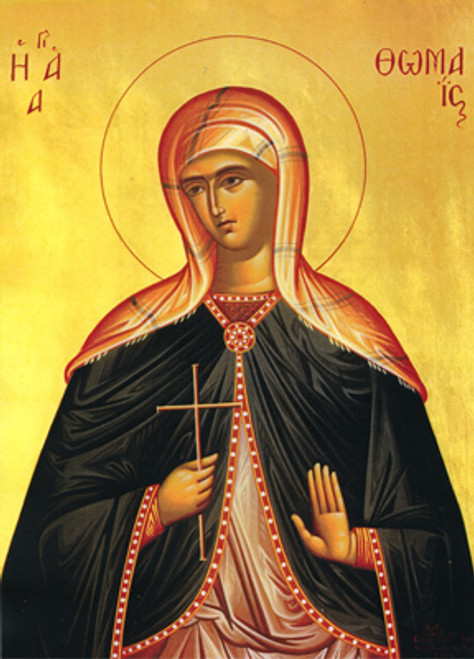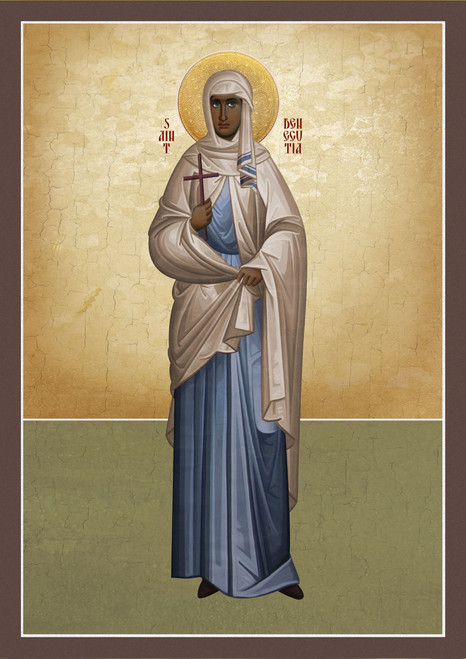Commemorated July 11 and 24
St. Drostan lived late in the sixth to early seventh centuries. Among the sources which mention him are the tenth-century Book of Deer and the Aberdeen Breviary, mentioned above. He was born in Ireland and became a close friend of St. Columba of Iona, and one source claims that St. Columba was even his uncle. St. Drostan would often accompany the holy enlightener of Scotland in the latter’s missionary journeys. This holy man eventually became one of the founders and first abbot of the great monastery of Deer in Aberdeenshire (now the village of Old Deer in the county of the same name). With time Deer Abbey grew into a significant monastic and missionary center, gaining royal Pictish support as well.
Thanks to the influence of St. Drostan a large number of churches were erected near the coast of the inlet of Moray Firth in northeastern Scotland. Many years later the faithful persuaded Drostan to become a new abbot of Holywood Monastery but soon afterwards, feeling a call to lead the solitary life of a recluse, he left it and retired far to the north – to Glen Esk near the River North Esk. A parish church approximately on that site is dedicated to our saint to this day. This church is Episcopal, and its exact location is Tarfside.
Soon the poor, the sick and the needy began to flock to the ascetic on whom God bestowed the gift of performing miracles. There is, for instance, evidence that St. Drostan restored the eyesight of a priest called Simon. The Venerable Drostan reposed in the Lord probably in about 610. Some called him one of the apostles of Scotland. His holy relics rested in a stone coffin at the Aberdour church, to the south of the Moray Firth coast, and many miracles occurred. Now this is the village of New Aberdour, where the church was always considered to be one of the earliest in Scotland, originally built by Sts. Columba and Drostan. In the nineteenth century, the Old Aberdour Kirk of St. Drostan was closed and a new parish church was built in the village. This exists to this day. Now the well-preserved ruins of the old church that once held the relics of Drostan survive: its earliest fabric is from the sixteenth century. The holy well of St. Drostan still exists nearby.







